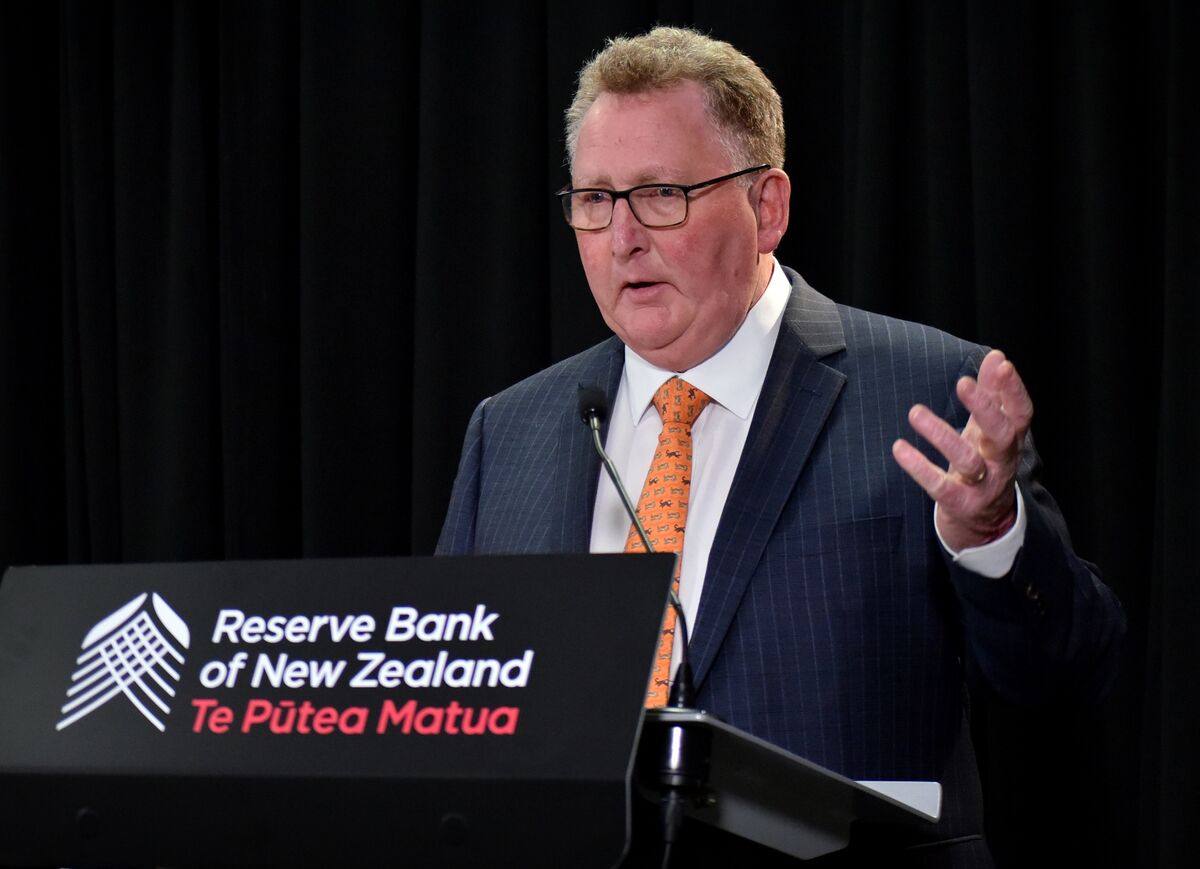New Zealand central bank governor Adrian Orr has come down heavily on stablecoins, calling them an oxymoron and only as stable as their issuer’s balance sheet.
The central banker threw his weight behind fiat money, calling it far more credible than stablecoins because it is backed by the government.
Stablecoins An Oxymoron
The central bank governor made the remarks when speaking before a parliamentary finance committee on the 12th of February, calling stablecoins the biggest misnomers and oxymorons. He argued that they are not a substitute for money and are not stable. The remarks were made in response to a question about whether the Reserve Bank of New Zealand (RBNZ) was concerned about decentralized digital currencies and stablecoins, to which he answered in the affirmative, stating that the bank was deeply concerned.
“Bitcoin is neither a means of exchange, nor a store of value, nor a unit of account, yet people try to use it as that. Likewise, stablecoins, I think, are the biggest misnomers [...] Stablecoins are not stable. They are only as good as the balance sheet of the person offering that stablecoin.”
Stablecoins Tested
Quite a few stablecoins have had their pegs tested, thanks to concerns about their balance sheets and the financial health of the institution issuing them. For example, TrueUSD recently lost its peg and is still trading under $1 after it emerged that there were concerns about its ability to redeem issued stablecoins for fiat currency. Meanwhile, USDC, one of the most prominent stablecoins in the market, fell to 95 cents when Circle announced that a significant chunk of its reserves were stuck in the fallen Silicon Valley Bank.
Fiat Currencies The Way To Go
He added that fiat currency is the best type of money because it has the backing of the government and a credible independent institution like the central bank.
“Fiat currencies, such as the New Zealand dollar, exist because they have the power of parliament behind them and a credible institution, such as an independent central bank, to maintain low and stable inflation. The number one thing we can do is be as transparent and blunt as we can. They are speculative coins, not currency and not central bank cash.”
He stated that this was the reason why there is a massive regulatory push on stablecoins, giving the example of the United Kingdom, which recently announced new stablecoin regulations. Back in August 2023, a New Zealand parliamentary report warned against hasty regulation of crypto and offered several alternative recommendations, such as the creation of coherent and consistent guidance on the treatment of digital assets under current New Zealand law. New Zealand is also actively exploring high-level design options for CBDCs, their costs, and their benefits.
Disclaimer: This article is provided for informational purposes only. It is not offered or intended to be used as legal, tax, investment, financial, or other advice.





